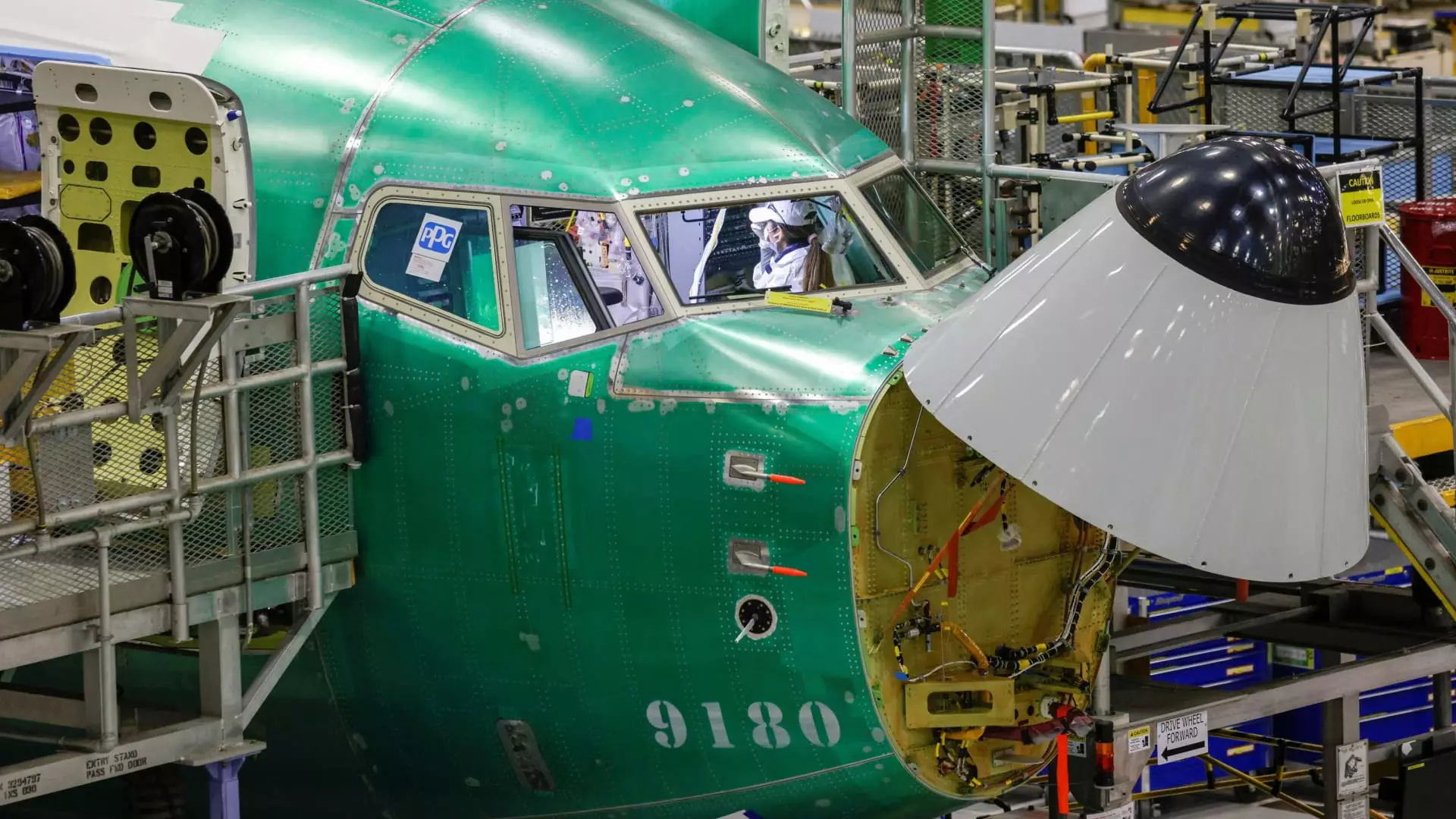Boeing faces a critical juncture as over 32,000 machinists, who recently concluded a seven-week strike, return to their factories. The newly approved contract, which includes a significant 38% pay increase over four years, has restored labor relations but presents the dual challenge of reinvigorating operations that have been dormant. The company has indicated that while workers are slated to return no later than Tuesday, the process of ramping production back up will be a complex and time-consuming endeavor, potentially taking weeks to achieve pre-strike output levels.
The recent labor dispute has left an indelible mark on Boeing’s operational output. In October, the manufacturer delivered just 14 aircraft, its lowest monthly total since November 2020—an alarming sign considering the context of ongoing recovery from the pandemic and historical production challenges stemming from the grounding of the 737 Max. The situation is compounded by Boeing’s need to restore functionality and training within its workforce, as workers will not only have to adjust back to their regular duties but also reacquaint themselves with safety protocols and operational standards that may have shifted during their absence.
Competitive Positioning in the Aerospace Sector
As Boeing’s production ramps back up, it’s essential to consider the competitive landscape against Airbus, which has delivered 559 aircraft this year compared to Boeing’s 305. The manufacturing fallout from the strike further widens the gap, complicating Boeing’s already tenuous position in the global aerospace market. The delayed deliveries and Production increases may lead to missed opportunities and contracts that could have been secured in the interim. This extended lag time not only jeopardizes Boeing’s targets but also raises questions about its ability to reclaim lost market share against its European rival.
Despite the strike’s temporary halt on production, Boeing managed to secure 63 gross orders in October, evident of continued interest in its aircraft models, particularly the 737 Max. Notably, the company delivered 10 787 Dreamliners to LATAM Airlines, showcasing a segment of stability amidst the disruption. However, as manufacturing resumes, Boeing must carefully balance new orders against its operational capacity, ensuring that it does not overpromise and underdeliver, a mistake that could plunge it deeper into financial and reputation crises.
The Path Forward
As Boeing embarks on reintegrating its workforce and ramping up production, the company faces a pivotal opportunity to redefine its operational efficiency and employee relations. CEO Kelly Ortberg underscored the urgent need for precision in returning production to full operation, clarifying that the complexities of restarting aircraft manufacturing are distinctly more challenging than halting operations. To emerge successfully from this turbulent period, Boeing must not only focus on immediate production goals but also long-term strategies that prioritize worker safety, operational excellence, and robust response mechanisms to future labor disruptions. The coming weeks will be crucial in determining Boeing’s trajectory in an increasingly competitive aerospace industry.

